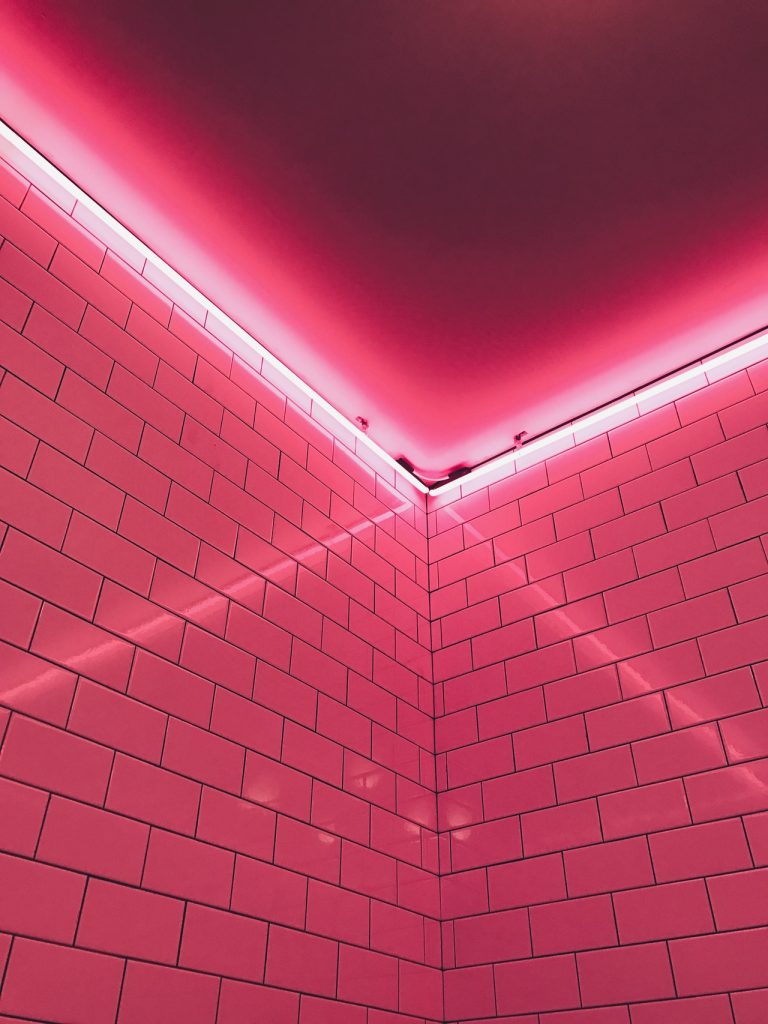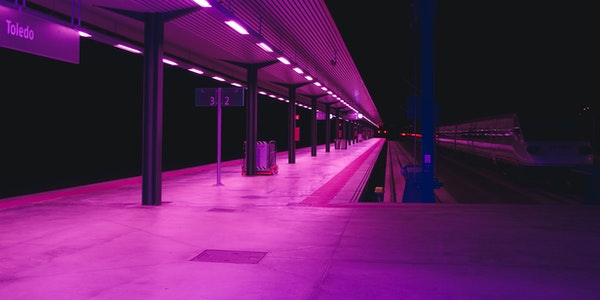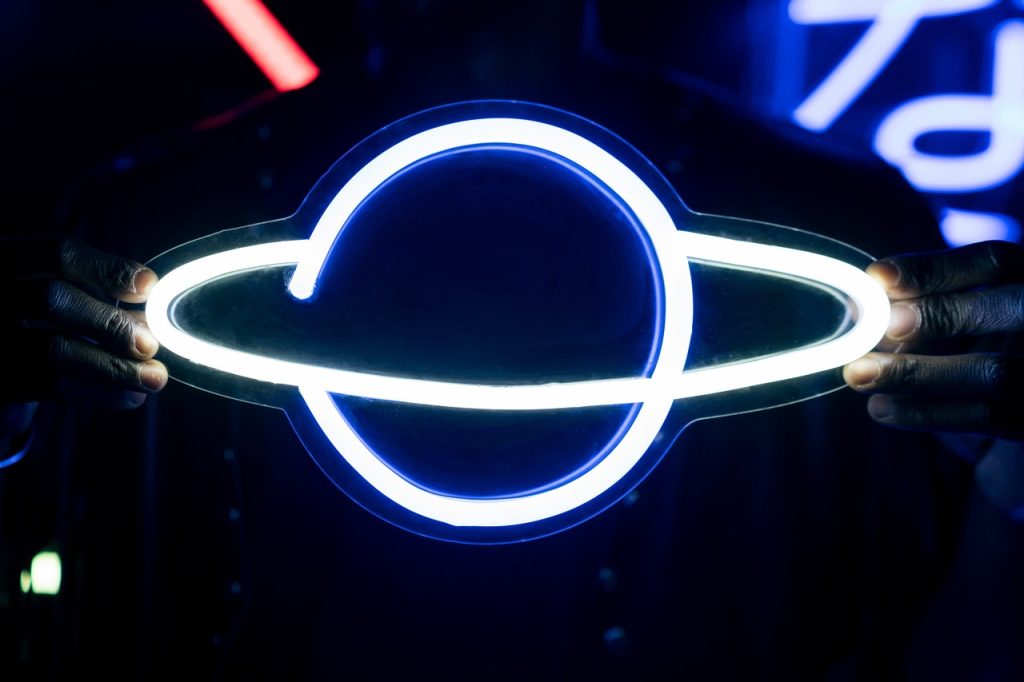Can LED lights completely replace Neon lights?
LED light sources need a process to replace neon lights outdoors, but LED light sources cannot replace neon lights outdoors. It is not the cause of the LED itself, but mainly the following factors such as technology, experience and cost:
Technical reasons
Reasons for improper selection of LED chips. When choosing the LED chip, you must choose the original genuine square chip. In order to reduce costs, many non-standard small companies produce low-quality defective chips and then encapsulate them. If this kind of LED light source enters the market, the result can be imagined.
The same LED light source chooses the different chip area, the reliability is also very different. For example, the area of LED light source chips on the market is 9 mil-14 mil, the area of 9 mil is 81 square mil, and the area of 14 mil is 196 square mil. The cost of LED light sources produced with chips of the same brand will be more than doubled if chips of different areas are selected. However, if the area of the LED chip is too small, the internal resistance of the chip will increase, the heat will increase when the LED light source is used, and the LED life will be greatly shortened.
The reason for the discreteness of LED brightness
Due to the large dispersion of LED brightness, we should also pay attention to the problem of LED brightness difference. We choose a certain brand of red, green and blue LED light source with 100,000 each for testing. The ratio of the highest brightness to the lowest brightness of the same batch of LEDs is nearly twice!
The effect of such LEDs on monochromatic luminaires is not obvious, but when used on luminaires with composite colors, obvious color spots will appear. This is because human vision is not sensitive to brightness but very sensitive to colors. Some manufacturers have noticed this problem and put LEDs of different brightness in different lamps, but this has caused obvious color difference between lamps and lamps. There is only one solution, and that is to screen the LEDs, although this will lead to increased costs. Many manufacturers on the market cannot screen LEDs due to cost reasons.
The reason for the production process
In addition to the selection of high-quality light sources and reasonable circuit structure, the quality of LED products is also very important to the production process and production process.
As we all know, LED products are very susceptible to electrostatic damage, and electrostatic protection should be done in the production process. Many manufacturers also spare no effort in this regard, such as wearing electrostatic rings, wearing electrostatic gloves, wearing anti-static clothing, using ion fans, and grounding the workbench. However, an important link has been neglected due to conditions-welding equipment.
Since many manufacturers still use the cheap dip soldering process, the transfer, storage and transportation from the plug-in completion to the soldering is inevitable. The product is also extremely vulnerable to static electricity during this process. At the same time, the dip soldering process cannot meet the LED’s requirements for soldering temperature and soldering time, so its product quality and service life cannot be guaranteed. We recommend that qualified companies should use wave soldering equipment. In this way, it is easy to achieve full electrostatic protection, but also to meet the LED’s requirements for welding temperature and time, and effectively ensure the quality of LED products.
Reasons for the choice of control technology
At present, the “serial” control technology used in LED lighting and landscape engineering can basically be divided into two categories. One type works in a “string in and out” mode, with data from “starting point” to “stringing” all the way to the end point. The advantage of this type of lamp is that each lamp is universal and easy to install. At the same time, a small number of spare lamps can be equipped for the project to facilitate future maintenance. The other type works in “coded addressing” mode, each lamp is set with a unique address, and the data is sent to the lamp with the matching address. The advantages of this kind of lamps are not obvious, but the disadvantages are obvious-lamps are not universal, inconvenient to install and use, and they cannot be equipped with spare lamps. Once there is a problem with the lamp, the manufacturer must be required to produce the lamp with the same address (number), which will cause delays in the repair of the project.
The advantages and disadvantages of serial control technology
Two types of “serial” control technologies, the control data are all transmitted in a “serial” way, and both have the advantage of using fewer communication wires.
However, the advantage is sometimes its disadvantage: the data lines between the lamps are connected in series, and each lamp has two data ports (one in and one out). Because all lamps and lanterns share data and control signals, their connectors are afraid of poor contact and water ingress (poor contact will cause data transmission to be interrupted, and water ingress will cause data signal short-circuit). Therefore, when applied to large systems in outdoor environments, the reliability is poor (because of its large number of connectors, poor contact and water ingress are inevitable, and when a failure occurs, it is difficult to identify the fault location).
At the same time, due to the high-speed transmission of a large amount of data when it is working, its anti-interference ability is weak, and its stability is poor, which may even affect the display effect in severe cases. If the transmission distance is long, an “amplifier” needs to be installed in the middle. Since the “amplifier” needs to be installed indoors, it is difficult for users to accept holes in the external wall during installation.
The advantages of parallel control technology
The opposite of “serial” control technology is “parallel” control technology. Its characteristic is: the controller and the display unit are connected in a point-to-point manner, and each display unit has an independent control line. Using distributed control technology, the distance between the display unit and the controller can be minimized.
If a problem occurs, it will only affect the corresponding unit, and the troubleshooting is extremely simple and intuitive. At the same time, because its control data is stored in the controller in advance, the data does not need to be transmitted at a high speed during operation, so its anti-interference ability is extremely strong and its stability is good.
Because this kind of control technology is completely consistent with that of full-color neon lights, the technology is already very mature. At the same time, all lamps are universal, and there is no need to confirm the number during installation, and spare lamps can be easily equipped for the project, which is convenient for future maintenance. Therefore, it is particularly suitable for large-scale engineering applications. At the same time, it should be more handy for users who have experience in neon light construction.
Conclusion
After comparing all aspects of LED and neon lights, we believe that LED light sources have not yet constituted a great threat to neon lights. The main reasons are price, technological maturity, installation and use experience, etc. With the gradual disappearance of these advantages of neon lights, there is a possibility that LED light sources can replace neon lights.
The neon light industry must face it positively. First, we must change the weakest link in neon light production-the hand-workshop-style production model, and shift to large-scale production. At the same time, we must also face reality and actively introduce and participate in the market competition of LED light sources. Using the outdoor engineering experience accumulated in the neon light industry over the years, let the neon lights and LED light sources develop together, and make their own efforts for the beautification and lighting of the city.



